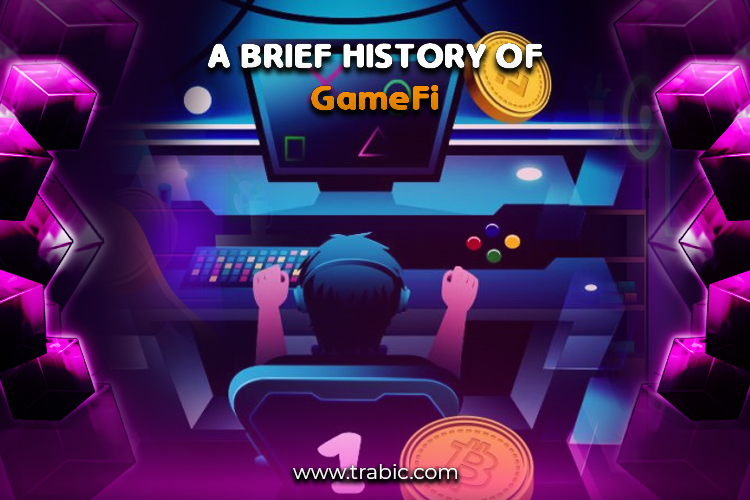The rise of the global gaming market over the past decade has generated billions in value for the industry and stimulated a variety of innovation avenues. According to Mordor Intelligence (a market intelligence and advisory firm), the gaming market forecast is that in 2021 he will reach $198.4 billion, and by 2027 he will grow to $339.95 billion. $75.6 billion that year alone. It is all about the rise of global Esports, their respective fan bases, and the traditional gaming industry that has influenced pop culture.
The game has been around since the 70s and has been evolving. Blockchain games have started around the gaming industry, where the play-and-earn model is becoming possible thanks to blockchain and cryptocurrency technology. In February 2014, one of his first blockchain games was released. This is the back of some significant Bitcoin wins regarding market cap and price volatility. This project (still active) was titled Huntercoin and resulted from a live experiment to see how blockchains could handle virtual game worlds.
Players can collect virtual coins and compete within the digital universe in player-versus-player (PVP) mode. In this top-down 8-bit game, All of these are hosted on the blockchain.It was proven as possible and incited a set of games that brought more attention to the scene. One of the first early adopters of cryptocurrency as it entered the public sphere as a gaming craze. The department was gamers.
Explaining GameFi, and the way it works?
GameFi is becoming more prevalent as the adoption of cryptocurrencies and NFTs increases. And increasingly sophisticated games are built on networks such as Enjin, Polygon, and Flow. GameFi is a blockchain-powered game that allows players to earn rewards. As such, the industry has not lost momentum, and its valuation is expected to hit $74.2 billion by 2031. GameFi leverages existing and developing blockchain technology to develop new incentives for gamers through NFTs and Play-to-Ene (P2E) mechanisms. A gaming company with a large audience can create in-game assets that reward gamers with their NFTs on the blockchain. These NFTs can also have custom-tiered rarity ratings representing anything from in-game currency to weapons, badges, and specific traits desired by gamers.
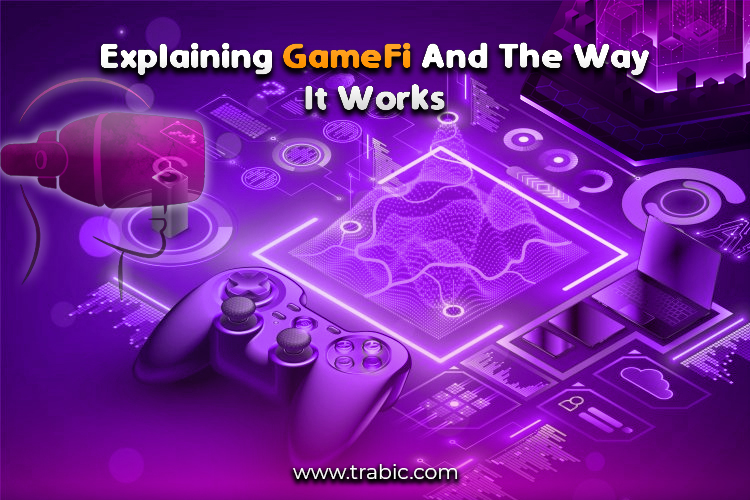
Gamers are used to earning such rewards in virtual environments. Striving toward goals is an integral part of many video games, so the idea of earning rare items through gameplay is ingrained in the game’s mechanics. For example, everyone remembers trading Pokémon and trying to catch them all. This aspect of video games, where one can earn collectibles of varying rarity and stats through gameplay, is particularly well-suited for cryptocurrencies and NFTs. Owning rewards related to objectives also creates status and prestige for people within the gaming community. But what good rewards if we can not use them the way and where we want? So, another compelling feature of GameFi is interoperability.
GameFi rewards and NFT interoperability
After all, NFTs can be moved to another game on the identical blockchain and potentially to other blockchains. In-game rewards appear in your wallet or are ported to another game system. In the future, this interoperability means that gamers can see their NFTs referencing game items that one can use in multiple game worlds. For example, a gamer can port her shirt earned for her character from one game to another. More pressingly, NFTs can also be liquidated and turned into fiat currency, using a P2E model to generate real-world revenue from their achievements in the game world.
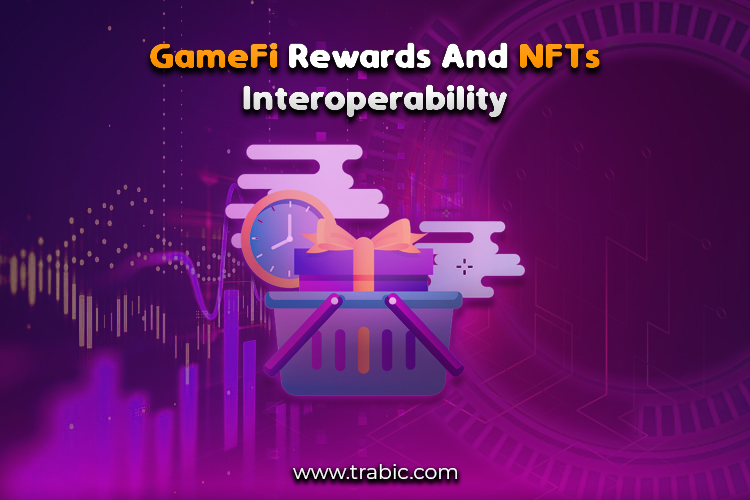
For example, by allowing gamers to convert their in-game earned crypto assets into fiat currency that one can spend offline, the game Axie Infinity has provided users in the Philippines with enough cash to make a living. Meanwhile, assets such as Decentraland’s virtual land are somewhere between video games and virtual reality environments and are becoming serious investments. GameFi’s growth fuels the idea that investing time and energy in a digital web3 environment can generate profit and wealth outside gaming.
What is GameFi Guild?
Finally, it is easier to talk about GameFi than talking about Guilds. Guilds have existed in many forms since the dawn of online gaming. Given the enormous communities formed in in-game ecosystems such as World of Warcraft and Eve, multiple players must combine their powers and skills to drive progress. In the GameFi world, guilds serve a similar but enhanced function. For one thing, the GameFi Guild has the added benefit of offering its members the privilege of playing and earning money.
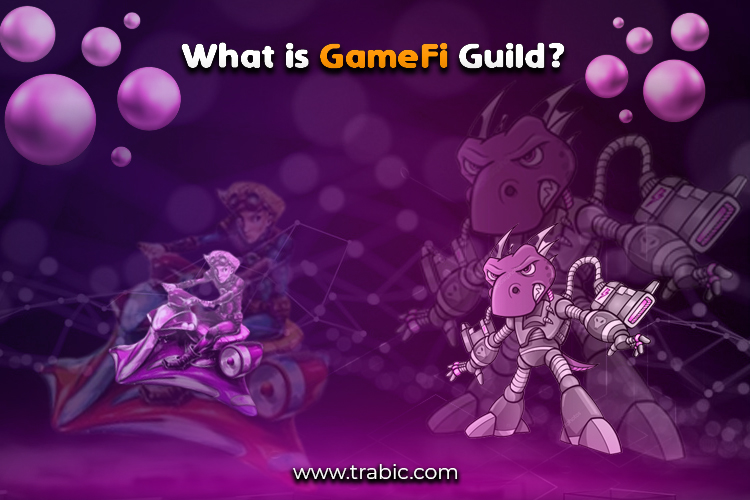
Looking at guilds functioning as communities, most cryptocurrency gaming guilds consist of multiple actors working toward a common goal of expanding the GameFi market globally. They also work together to lower the barrier of entry for newcomers by borrowing the NFTs needed to play the game from others in the guild or providing educational resources. It is a win-win. New players will now have easy access to her P2E games, and guilds will benefit from increased membership and access to more resources and assets.
Early beginnings
However, several critical moments in 2013 significantly affected public opinion of cryptocurrencies. This also caused a sizeable outflow from the market. One of the main results is that the crypto industry has been heavily reliant on voluntary work and has seen a potential economic impact. The opinion deterioration makes many people want to get closer to blockchain games and his P2E model. At that stage, these were a big hit for the crypto industry.
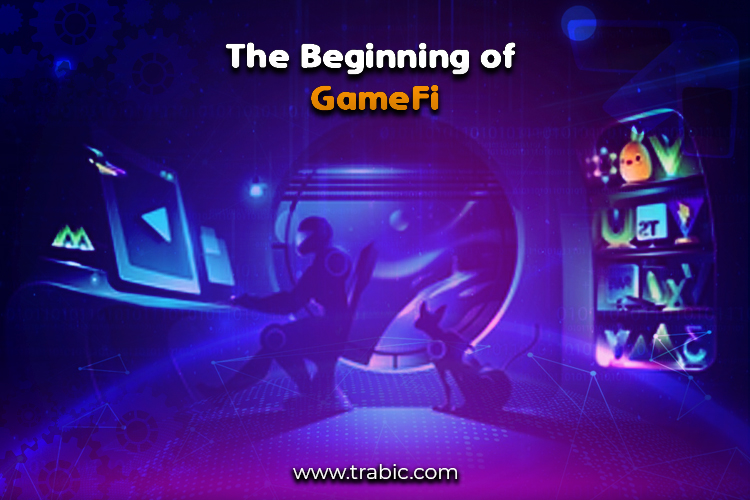
By the end of 2013, the cryptocurrency industry had begun to develop again, but GameFi’s future was wildly affected by the price of Bitcoin and public opinion of significant cryptocurrencies. At the same time, investment in decentralized landscapes began to grow. At that stage, even Richard Branson said Virgin’s Galactic passengers could pay with Bitcoin, and Forbes named his 2013 the “Year of Bitcoin.” As technology progressed and more blockchain games were developed, the doors began to open to his P2E games that were scalable, allowing for the building of new companies.
Leap of P2E model
Back in 2017, the development of the cryptocurrency industry continued, with Various other cryptocurrencies and blockchain projects have joined Bitcoin. Among them, there are some of the early launched P2E games that used non-fungible tokens (NFTs) while allowing the players to buy, sell and trade in digital assets. His first-ever P2E game using NFTs was called crypto bots, and doubling as an in-game character in the metaverse, he had a collection of 10,000 unique crypto bots. That is right; the metaverse already existed in 2017.
Shortly after that came Spells of Genesis, his first mobile blockchain game. The players explore a virtual world, and they also look for “orbs” to trade, merge, and sell in this game. At that time, even Ubisoft stepped into the blockchain gaming industry by creating HashCraft. Like Minecraft, the game was sandbox but mixed with battle royale-like gameplay. Players stopped on an island and started crafting. The island was then shared, allowing everyone to play on the map, and everyone could participate in cryptocurrency challenges.
Crypto Kitties was one of the most successful blockchain games and one of his most popular titles. Also, in 2018, his games investment round for the project raised $15 million to “accelerate consumer adoption of blockchain technology.” At the time, blockchain game funding was nowhere near the funding of some of the top games today.
The dark side of crypto
As the amount of money flowing into the blockchain industry increased, so did the malicious activity. Many new and uneducated users fell in love with the dark side of crypto. The project includes anmar(ICO) in which interested participants can invest their BTC or USD. This type of fundraising started getting a lot of attention around 2016 and was a way to raise money to get a project off the ground. The win-win promise has attracted many investors. If the price of the token increases, investors can support the project’s development and profit from the price increase.
However, cryptocurrencies’ anonymity and decentralized nature make it relatively easy for tech-savvy individuals to create bare bones for legitimate-looking cryptocurrency projects. ICO scams usually occur after the coin has been issued and the token’s value has increased. Once a certain point is reached, the scammers will sell off all tokens, take the profit, and destroy the investors and the project. During January 2016 and August 2019, For him, the ICOs raised more than $31 billion, according to the Review of Financial Studies report. At the same time, however, many investors have suffered fraud and fraud in his burgeoning ICO space, causing him to lose nearly $100 million between 2016 and 2018.
This whole scheme has since been dubbed “ragpull” and has been rolled out to the decentralized finance (DeFi), GameFi, and NFT spaces with much the same story. When enough money is raised to “kick-off” the project, the creators run away with the money, leaving the investors empty-handed. In 2021 alone, he lost $2.8 billion to rough deals, according to Chainalysis, a leading blockchain analytics firm. Last August, Luna Yield, a project on the Solana blockchain lag, pulled users to her $10 million after depleting the liquidity pool and shutting down all communication channels.
The ‘Evolved Apes’ GameFi project in September 2021, a spin-off of the hugely popular Bored Ape Yacht Club, was promoted. The project allows the player to use his NFT character in-game to fight Ethereum. However, shortly after its launch, the funds raised for project-related expenses reached 798 ETH (US$2.7 million). They were robust, and all social channels had been removed. Even today, rag pulls are routinely sent to unsuspecting investors who don’t know where and how to look for signs of fraud.
But the most dangerous attackers in the industry are hackers. These individuals scour the project landscape for code vulnerabilities and exploit funds held in vaults, smart contracts, bridges, or anywhere money flows. According to the Chainalysis 2022 Crime report, his DeFi protocol suffered the most in 2021, with hackers stealing over $2 billion from him. One of the main reasons DeFi, and thus GameFi, is also frequently targeted is the security of the smart contract code that governs these protocols, which hackers exploit to steal funds, and the gaps that enable lag-pull.
Lag pulls can also be caused by errors or vulnerabilities in a project’s code, but this is essentially a hack, allowing malicious actors to steal all funds from developers and investors. One example is Beanstalk, the DeFi protocol, which recently suffered the largest multi-million dollar hack on record. Hackers used a flash loan attack in order to steal $182 million from a liquidity pool, dropping the price of his native token by over 80%. As Bitcoin’s value continued to fall and more hackers and scammers entered the industry, it did not look suitable for cryptocurrencies and his accompanying P2E model.
Preventive measures
Looking back on these events, it seems like the pain in the industry is growing, but at the time, it was “success or failure.” Out of demand, more cybersecurity projects and companies have started backing blockchain projects by offering security-as-a-service. From code audits to bounty program setups to penetration testing, these services are offered to keep projects and their users safe simultaneously. Since then, as more people have entered, security has become one of the critical features of the industry.
Companies like Hacken, Certik, and PeckShield have entered the industry and secured hundreds of projects. Trusted auditing firms typically distribute a certificate after a project is audited to prove that the project has been verified for vulnerabilities and is safer to use than a company without a certificate. For example, Ice tea Labs’ cybersecurity team, SecureChain, audits all his IGO projects on GameFi.org.
As with his Beanstalk case above, the smart contract was audited before introducing the flash loan vulnerability. Regular audits ensure that updates keep your project from new susceptibilities. Due to the complexity increasing of project development, new additions may include zero-day threats and backdoors developers overlooked or didn’t even know existed. The audit of the project has also made the industry more resistant to pulling the rug through the certificate. Projects that hold audit certificates from legitimate providers stand out as projects that users can trust. This also helps in reducing the number of people who may fall for scams.
In addition to ensuring project safety, users must also be educated to participate effectively and mitigate their risks where possible. As the industry continues to develop, there are far more marketplaces, data aggregators, exchanges, and analytics companies than in 2013. These are all whistleblowers and educational hubs for users to learn about the risks they may ever see. – Expansion of the crypto industry.
GameFi Modern Day
Fast forward to today, and we have more faith in the cryptocurrency industry than ever before, with even major institutions and banks stepping in. Looking at the P2E industry, the ecosystem is buzzing with a thousand games and his NFT projects. Adoption has increased dramatically, with total cryptocurrency trading volume reaching $15 trillion by the end of 2021. We have major brands like Microsoft, Nike, Facebook (now Meta), Nvidia, Unity Software, and several private investors. Joining the metaverse and digital asset space will see significant growth.
Leading investors like Gala Games and C2 Ventures have launched a $100 million GameFi venture fund. He also launched a $150 million fund, including Solana Ventures. In 2021 alone, the blockchain gaming and infrastructure industry have received more than $4 billion in venture capital funding, underscoring the blockchain gaming industry’s growth and development.
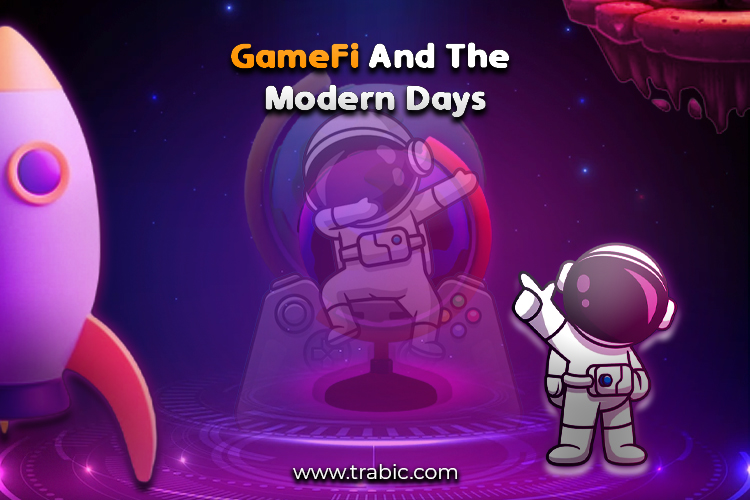
As per the joint report by DappRadar and the Blockchain Game Alliance (BGA), blockchain games have seen massive 2,000% growth in one year. So far this year, he has already invested $2.5 billion in the crypto gaming industry, which could grow to $10 billion by the end of 2022 if the pace continues. The report added that blockchain gaming had attracted 1.22 million unique active wallets (UAW). In March, it accounted for 52% of industry activity. With various technologies working together to build a self-sustaining ecosystem, the blockchain gaming industry is poised to become a significant source of revenue.
At its core, P2E games are a way for users to play and get rewarded for their time. Some industry creators even see P2E games as a futuristic microeconomy driven by players and entrepreneurs who create wealth for their participants. Spirit or not, it’s impressive how in 2013, blockchain games with hundreds of players have evolved into top-grossing games like Axie Infinity, with hundreds of thousands of dollars worth of trading volume every day. The game has become so popular that some people in countries like the Philippines are playing Axie Infinity as a job or a side job, as it could earn more than the minimum wage.
The GameFi industry has seen extraordinary growth, with concepts like metaverse, GameFi, and social merging to create an experience that probably still needs a term. Projects like GEMS have already started taking advantage of the transition, building an Esport 3.0 aggregator platform and raising 5 million USDT to become like Netflix in blockchain gaming. Blockchain games are still in their infancy, so the future of gameplay should be complex and exciting.
